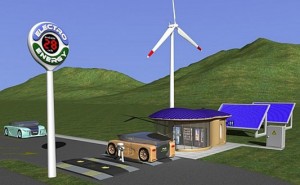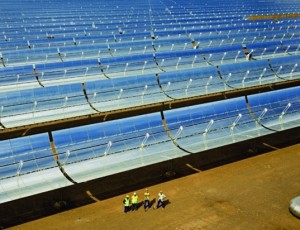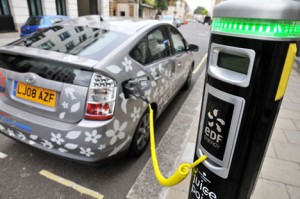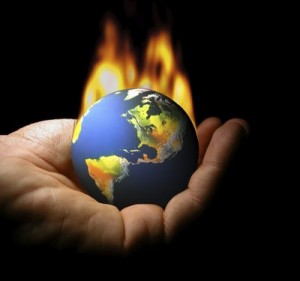The New York Times’ front-page article on Portugal’s clean energy makeover is a must-read for anyone interested in sustainability. This warts-and-all profile of a small nation’s push to build a significant renewable energy economy is a big confidence booster if the sight of oil-soaked pelicans in the Gulf of Mexico has you down.
 The short version is that Portugal and a handful of other small nations are way ahead in kicking the fossil fuel habit. Almost 45 percent of the electricity on Portugal’s national power grid is from renewable resources. Neighboring Spain, which recently opened a cutting-edge solar thermal plant, is having similar success to Portugal. Spain is expected to surpass every country except Portugal and Denmark for renewable energy production by 2025.
The short version is that Portugal and a handful of other small nations are way ahead in kicking the fossil fuel habit. Almost 45 percent of the electricity on Portugal’s national power grid is from renewable resources. Neighboring Spain, which recently opened a cutting-edge solar thermal plant, is having similar success to Portugal. Spain is expected to surpass every country except Portugal and Denmark for renewable energy production by 2025.
Spain and Portugal’s successes – and those of Denmark, Ireland, Iceland, Sweden, etc. – are helping renewable energy shake off a stubborn image consisting of high costs and low reliability. No, it hasn’t been a bed of organically grown roses in Portugal. Some Portuguese citizens have chafed at higher electric rates, but prices are expected to drop after the first generation of facilities is paid off. According to U.S.-based renewable energy consultant Alex Klein, however, the long-term benefits eclipse the short-term costs and extend way beyond economics. “The cost gap will close in the next decade, but what you get right away is an energy supply that is domestically controlled and safer,” Klein told the Times.
Now there’s a message that could even sell with the large swaths of the American public who don’t give a tinker’s damn about the environment – security. The more we rely on oil to power our economy, the less secure we are. Sarah Palin can chant “drill baby drill” until nuclear dawn, but the bald reality is that no amount of domestic drilling is going to get us off the imported oil crack pipe. The U.S. depends on other countries for 66 percent of our annual oil consumption. Every drop of oil under offshore waters or the Arctic National Wildlife refuge wouldn’t make a dent in that kind of demand.
Five, 10 or 20 years from now, when OPEC jacks up oil prices, or a military conflict cuts off the flow of Middle Eastern oil, who’s going to be more secure? The country that gets most of its energy from wind, solar, hydro and biomass, or the country with an IV line of tankers stretching across thousands of miles of ocean? Cue the Portuguese-accented laughter, please.







